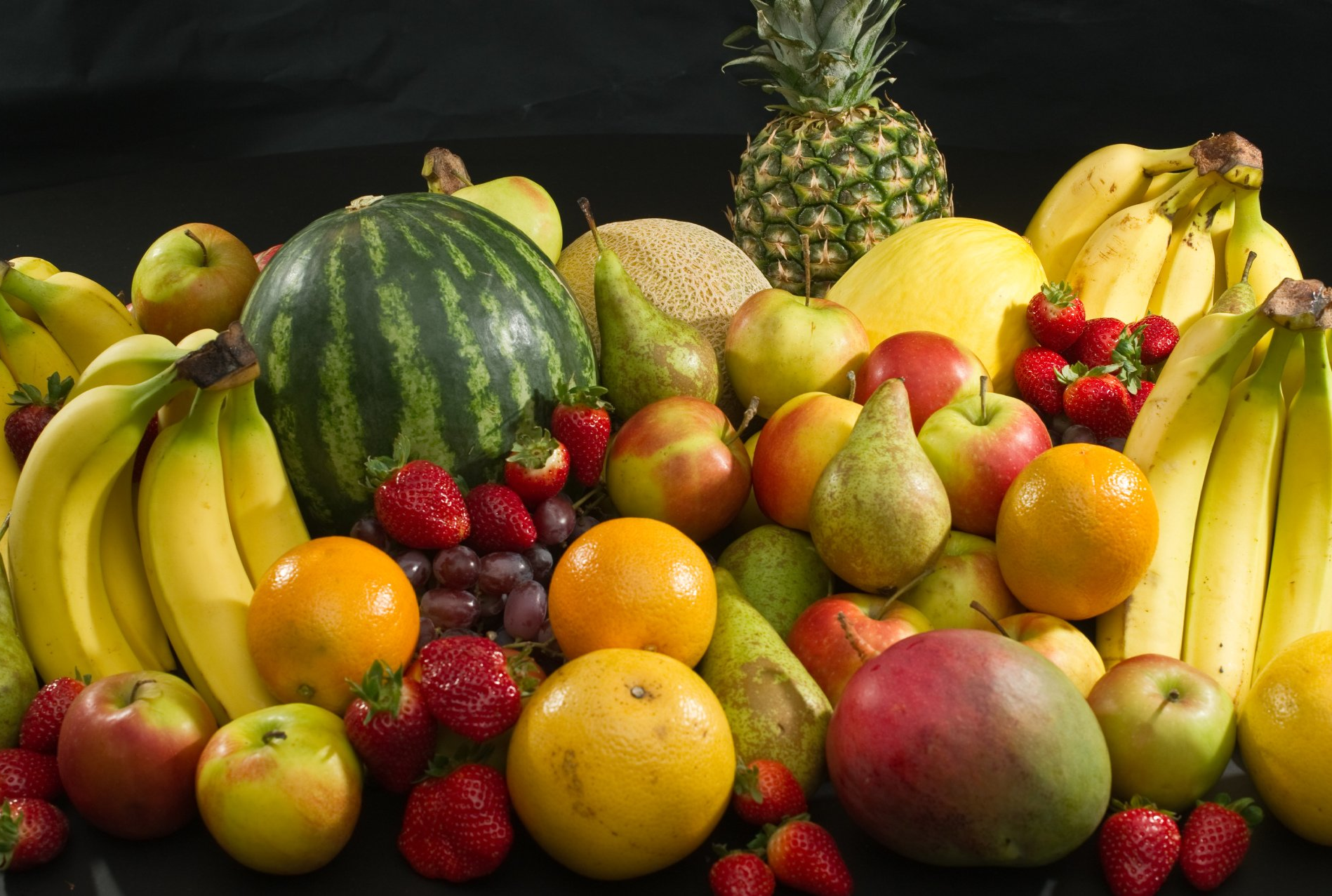Cultural Oneness: Creative Restoration of Wisdom Stories for Kwanzaa
- By kwende ukaidi
- •
- 08 Nov, 2021
- •
Celebrating the Wonderful Observance of Kwanzaa

Wisdom stories are an important
source of learning and guidance throughout the Afrikan world. There are many
stories that utilise the personification of animals to convey important
messages. Stories of the spider-man Anansi are a popular example. Stories are
told to provide a guiding hand through life challenge as the imperative thrust
of Afrikan ascension marches on. Stories are told of excellent achievements,
city building and nation growth in order to energise such activity in physical
life expression.
In times of interruption and disruption such as the Maafa of recent centuries, Afrikan souls adapted their stories to elevate themselves out of dire imposed condition and circumstance. As Afrikan souls of the world necessarily restore their lives and ascend to optimal flourishing stories can again be adapted to reflect the natural ascent and achievement of victory over challenges along the path of restoration. As such, wisdom stories for Kwanzaa can be of great value. With a vast plethora of Afrikan wisdom stories that have been authored throughout the ages, some key lessons remain staple whilst other lessons can be shaped to aid elevation in contemporary conditions.
For example, this excerpt from an Anansi story highlights the abundance of harvest:
“Anansi had a large pear tree in his front garden. It was a very large tree, with wide-spreading branches and leaves of dark green. It was not the pear tree that grows in the gardens of northern countries. This tree bore avocado pears. The fruit was larger than a man’s fist, with a single large seed inside, and a thick green skin. Every year the pear tree bore so heavily that the branches almost seemed to bend beneath the weight. Then Br’er Anansi and his family turned down their pot and stopped cooking. They ate bread and pears until there were no more pears to eat”.
If the story were adjusted to include some Kiswahili words together with a more pronounced description of the important Two-cradle Theory of Cheikh Anta Diop it could read as follows:
“Buibui had a large peari tree in his front garden. It was a very large tree, with wide-spreading branches and leaves of dark green. It was not the peari tree that grows in the lands of northern cradle countries. This tree bore peari ya parachichi. The fruit was larger than a man’s fist, with a single large seed inside, and a thick green skin. Every year the peari tree bore so heavily that the branches almost seemed to bend beneath the weight. Then Kaka Buibui and his family turned down their pot and stopped cooking. They ate mkate and peari until there were no more peari ya parachichi to eat”.
Of course, there would be a level of knowingness that the story teller would have the responsibility of holding and a level of explanation to be shared particularly for young ones.
In another story extract where financial challenge is brought to the fore the following is articulated:
“It was market day, but Anansi had no money. He sat at the door od his cottage and watched Tiger and Kisander the cat, Dog and Goa, and a host of others hurrying to the market to buy and sell”.
If this were to be adjusted, again with some Kiswahili words and compounding the challenge to be in the lead up to the Kwanzaa celebration period, it could read thus:
“It was market day as the Kwanzaa season approached, but Buibui had no money. He sat at the door of his cottage and watched Simbamarara, Paka, Mbwa and Mbuzi, and a host of others hurrying to the market to buy and sell as they prepared for the holiday”.
Whether Afrikan souls are in Afrika, the Americas, in the Islands, Europe or elsewhere in the world wisdom stories can be of great service to the whole. Afrikan souls can and must restore themselves to fullest possible flourishing. In this, the process of creative restoration is key.
Kwanzaa is one of the essential cultural observances of life within the
Universal Royal Afrikan Nation. The Universal Royal Afrikan Nation (URAN) is an
Afrikan-centred spiritual and cultural mission for ascendancy that embodies
living spiritually and culturally rooted life. To find out more about URAN and
its spiritual-cultural mission for liberty and nationhood click here. The exquisite URAN pendant can be
obtained online by clicking
here.
In his capacity as an Afrikan-centred spiritual cultural practitioner this author is available for further learning in this regard and also for the carrying out of ceremonies such as naming and name reclamation. For details please click here.
Afrikan World Studies programmes are an important forms of study in understanding the Afrikan experience. There are a range of subjects covered on these programmes including History, Creative Production, Psychology and Religion. To find out more about these learning programmes please click here. For the video promo for these learning programmes click here.
Also, in the approach to the important cultural observance of Kwanzaa, the text: From Pert-En-Min to Kwanzaa - A Kuumba (Creative) Restoration of Sacred First Fruits by this author is available to purchase online here. This publication provides informative detail on the of the Kwanzaa celebration. You can also visit the institution of Yemanja to pick up a copy.
At nominal cost, also consider acquisition of an a4 laminate poster of articulations by this author when visiting the Yemanja institution to enrol, consult, learn, gather or otherwise.
Also, visit www.u-ran.org for links to Afrikan liberation Love radio programme on Universal Royal Afrikan Radio online.
